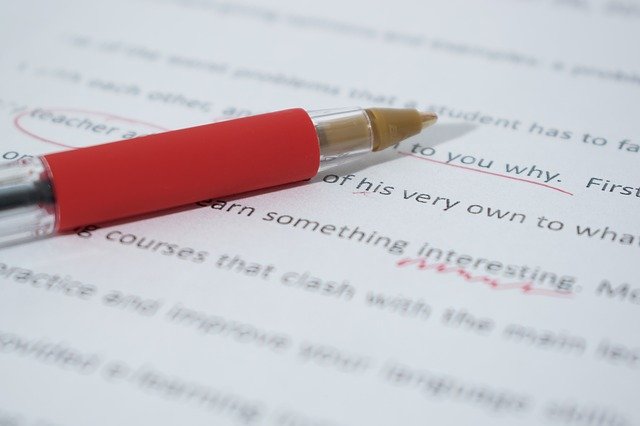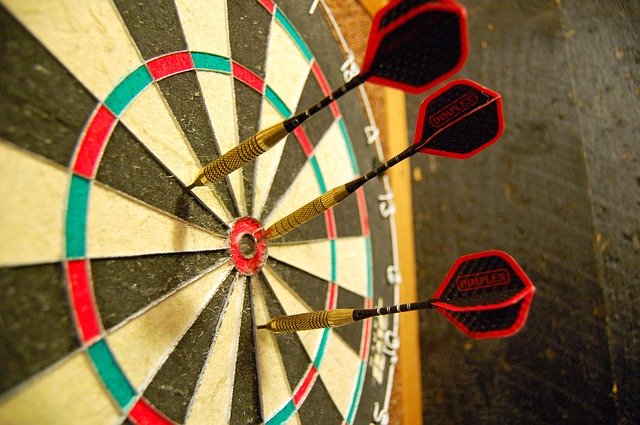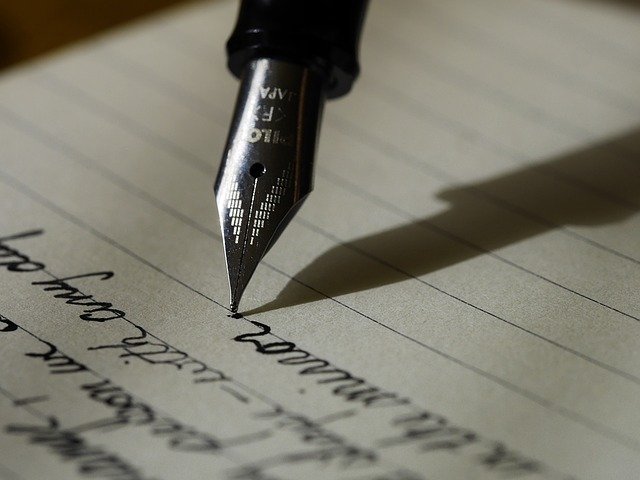Don’t you think writing a paper takes a lot of your time? It becomes more tedious if you are a beginner. That stands true because you might not know what to write and in which order. Well, we just want to tell you that you are not alone in this struggle. In this blog, we will be talking about some basic steps that can help you write a paper with great ease.
We have come across some of the clients who had told us about their struggles about writing the paper when told by the advisor. Writing a paper for a newbie means spending weeks on research, then writing and tweaking the work to get it in perfect shape. This may not still lead your work to the final stage, there still be alterations needed across multiple paragraphs, headings, conclusion, and more. The reality behind academicians facing issues in writing paper is that no one teaches them the right and easy way to do it. This often keeps most researchers in dark to figure out how to write a great paper that can be easily published in a high-impact journal.
Let us help you understand this process in detail. To start with, you need a well-defined process that allows you to write papers as per your need. Here are some basic five steps we think can be helpful to kick-start your paper writing experience.
Step 1: Defining the central message
When writing a paper, most people do the mistake of starting with an introduction without much clarity. This often leads to multiple edits at the end. To start, we suggest understanding what your paper wants to tell your audience. You must need to define a central idea/message around which the entire paper will be focused. For this, one must begin by visiting their research data. Pull out all data and inferences of your research. Find out what theory or argument you want to put forth. Create a rough storyboard with all the ideas, figures, and tables.
Step 2: Structuring your text
Once you know the central message, it is important to share it in a way where readers can easily understand. Many researchers do the mistake of haphazardly representing their ideas, which often reduces the interest of readers leading to low citations. This is where structuring the text comes into the picture, whenever thinking of writing a paper. You need to write your research content in an easy flowing manner. This helps readers to engage more and make the research content interesting and easy to comprehend. For this, you must plan your content in every section beforehand. Chart out how every section should start and end. We have seen many students starting every new section without raising an argument or question in the previous section. This is very important to maintain the flow of text, not only within a particular section but also across various sections. Thus, aligning the overall flow of the research paper.
Step 3: Catching the reader’s attention
The most important part of writing a paper is ‘Introduction’, as it decides the fate of your paper. Why so? Because the introduction is the first thing anyone will read and if you are not able to comprehend your central message of the paper here then your efforts may end in vain. For beginners, we suggest you, write the introduction at last. The introduction of a paper should be started in a way that catches the reader’s attention. You can start by highlighting the problem, stating some stats, taking events of history (relatable to the topic of research) at a glance, and more. An introduction is the section of your research paper where most of the storytelling happens. However, you have to make sure that the right facts and the central message is comprehended efficiently.
Step 4: Figures and the table
Do you know most of the people before actually reading the paper, just scroll through it to see the figures and table! This is why papers with good figures and tables get good citations. One of the important reasons for having figures and tables in your paper is that it adds a visual expect to it. The reader can comprehend the message briefly from the figures and tables. This often catches the interest of the reader at first glance, making them read the entire paper. So, focus on your figures and tables.
Step 5: Summary is the key
Well, most of the important parts of your paper are written. Now it’s time to summarise the entire idea with a take-away message. Writing a summary won’t take much of your efforts as you have already completed the tedious part. In this section, you must focus on your central message/argument and share the prospects of the research work. This is crucial because people will be keen on looking for further developments in your field of research.
These are the most basic five steps you can follow to kick start your research paper writing journey. However, if you still face any difficulty, feel free to connect with our team. We have a team of expert scientific writers helping academicians and corporates to get their finest work out in the high impact factor journal. We will be happy to assist you in writing a paper for you.










